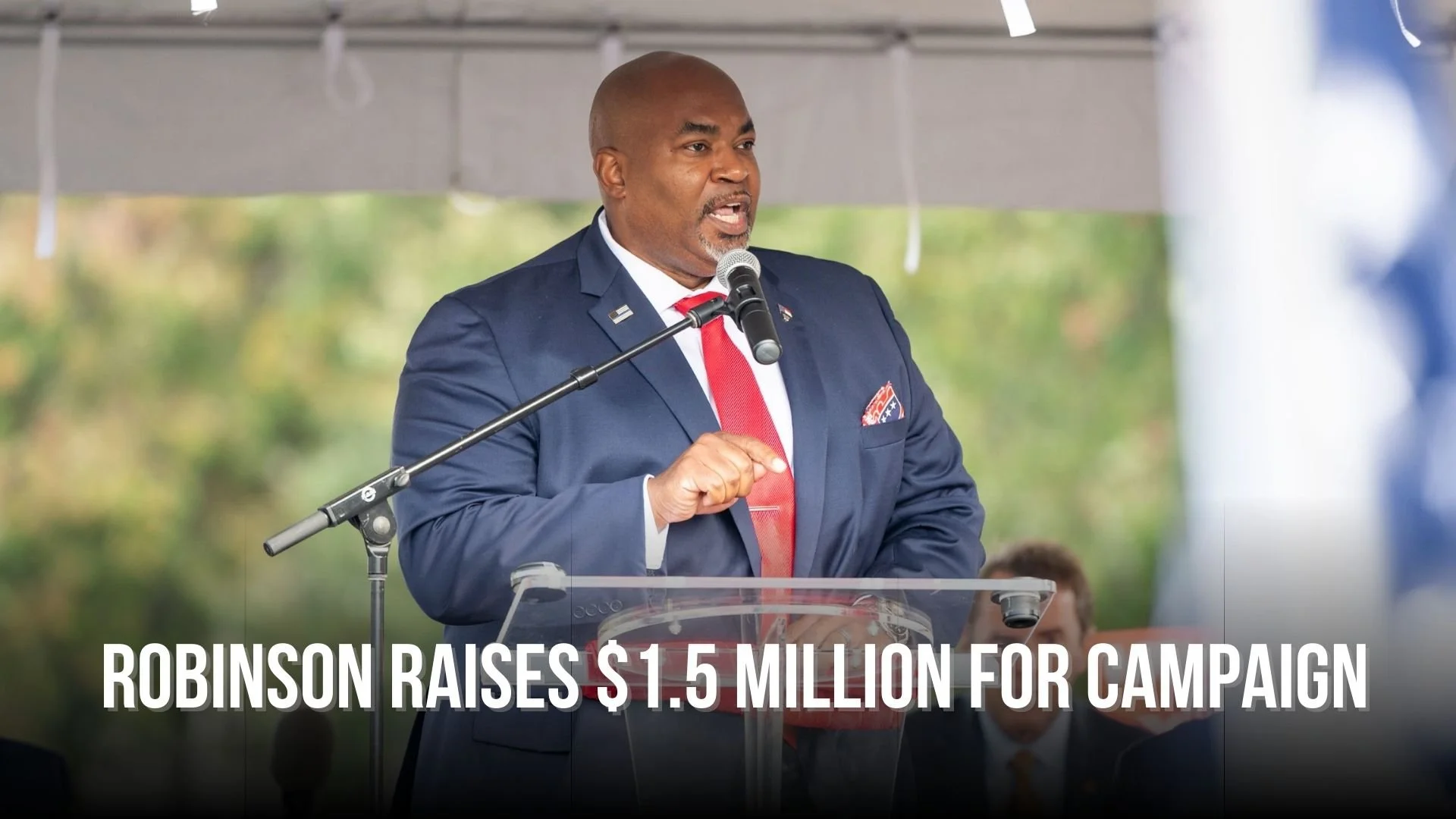USDA invests $19 million to improve community infrastructure for rural North Carolina
RALEIGH, N.C. – United States Department of Agriculture (USDA) Deputy Secretary Dr. Jewel Bronaugh today announced USDA is investing $19 million to build and improve critical community facilities in North Carolina.
This infrastructure funding will increase access to health care, education and public safety while spurring community development and building sound infrastructure for people living in rural communities across the state.
“The Biden-Harris Administration has made investing in infrastructure improvements a top priority,” Bronaugh said. “These loans and grants will help rural communities invest in facilities and services that are vital to all communities, such as health care facilities, schools, libraries, and first responder vehicles and equipment. When we invest in essential services in rural America, we build opportunity and prosperity for the people who call rural communities home.”
Bronaugh highlighted 17 projects that USDA is making in two programs that will fund essential community services to help rural North Carolina build back better, stronger and more equitably than ever before.
These programs include Community Facilities Direct Loans and Grants, and Community Facilities Disaster Grants.
The projects will finance emergency response vehicles and equipment; build or improve hospitals and clinics and help fund other essential community facilities.
“Rural Development is in a unique position the help rural communities of North Carolina rebuild infrastructure and be able to provide essential services,” said Rural Development State Director Reginald Speight. “These investments support the local economy by making rural communities, attractive, economically viable and safe places to live, work and gather. This helps create and save jobs by attracting and retaining employers and workers.”
Bronaugh underscored the critical role that Senator Richard Shelby of Alabama, Vice Chairman of the U.S. Senate Committee on Appropriations, had in fighting for additional funding for the Community Facilities Direct Loans, which made many of these investments in critical rural infrastructure possible.
For example:
• Town of Ahoskie will use a $82 thousand loan and $50 thousand Community Facilities combination to purchase a new grapple truck. The project will include the purchase of the truck, necessary equipment, title, tax, tags, and closing costs associated with the transaction.
• Town of Bryson City will use a $125 thousand loan and $100 thousand grant Community Facilities combination to purchase five new police vehicles. The project will include emergency equipment including batons, tasers, radios, first aid kits, light bars, and sirens.
• City of Dunn will use $280 thousand in loans and $100 thousand in grants in Community Facilities combinations to purchase new public works vehicles and equipment as well as four new police and an animal control vehicle. The new public works equipment will include a bobcat track loader, tier four forestry kit, disc mulcher, utility tractor and four new utility trucks.
• Town of Jamesville will use a $36 thousand loan and $108 thousand grant Community Facilities combination to purchase new equipment. The purchase will include a new F 550 truck with a hydraulic bed, loader and backhoe, and hydraulic boom mower.
• Town of Louisburg will use a $100 thousand loan and $100 thousand grant Community Facilities combination to purchase new police vehicles and equipment. The project will include the purchase of four police cars with all necessary equipment upfits, taxes, tags, and other applicable loan closing costs.
• Nathan R. Cobb Sr, Foundation will use a $122 thousand Community Facilities Disaster Grant to construct a new open wall community center. The new center will contain a handicap accessible bathroom and kitchen. The structure will be wood framed completed with roofing, exterior siding, and exposed structural columns.
• Pamlico Rose Institute for Sustainable Communities will use a $14 thousand Community Facilities Grant to renovate an existing barn to be used as a community event center. The barn will provide classroom and meeting space for a public health approach to building wellness and resilience as a community prevention strategy for veterans in the local area.
• Pinnacle Classical Academy will use a $15 million Community Facilities Direct Loan to construct an addition to the school facility. The new building will have classrooms facilitating 300 new students to attend, a gymnasium, locker rooms, and multi-purpose areas.
• Pocosin Arts Inc. will use a $623 thousand Community Facilities Grants and Disaster Grants to renovate three buildings. This renovation project will consist of three buildings to be converted into studios and community event space with fully equipped classrooms, offices, exhibition, and gallery space.
• Rowland Rescue Squad will use a $60 thousand Community Facilities Disaster Grant to purchase new radios, chargers, programming and licensures. This equipment will also reduce the rescue squad's insurance rating which will help the citizens in their district save money.
• Stedman Volunteer Fire Department will use a $1 million Community Facilities Direct Loan to purchase a facility and refinance debt. The refurbished facility will include minor renovations such as installing pull bars in bathrooms, a chair lift added to the bay area to meet Americans with Disabilities Act compliance, recarpeting several rooms, removing a wall to convert space into a meeting and training room and to construct one bay door on the side of the building.
• Swan Quarter Fire Department will use a $321 thousand Community Facilities Disaster Grants to construct a substation and purchase fire equipment for Swan Quarter Volunteer Fire Department, Inc. The new facility will have drive thru equipment bay with two doors at each end which will house up to four fire trucks. The building will contain a commercial grade kitchen, training room, two offices, American Disabilities Act compliant bathrooms with showers, as well as the equipment bays.
• Warsaw Fire Department will use a $120 thousand loan and $146 thousand grant Community Facilities combination to purchase a new water rescue truck. The new truck will allow the department to continue providing fire suppression and lifesaving services to the township.
• White Cross Volunteer Fire Department will use a $561 thousand Community Facilities Direct Loan to purchase a new fire truck. The purchase will include equipment for the vehicle, title, tax, tags, attorney and closing costs associated with the transaction.



